Search Images
Browse Content (p. 1560)
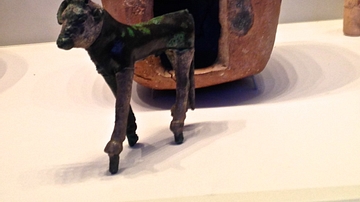
Image
Ashkelon Calf and Its Shrine
From Ashkelon, 16th century BCE, pottery and silver-plated bronze. The statuette of a calf was found inside the small model shrine, discovered in a temple in Ashkelon. The horned calf is meant to symbolize the young and energetic storm god...

Image
Athena Killing a Giant
Athena separates the Giant Alkyoneus from Earth (in which way he dies), while Gaia, mother of Giants rises from the ground. The goddess Nike helps Athena; Detail from the Pergamon Altar's frieze (The frieze depicts a Gigantomachy); built...
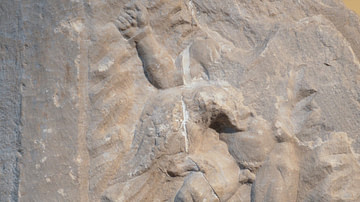
Image
Prometheus relief
Relief decorating the seating area entrances of the Roman Amphitheatre of Capua (Italy). It depicts Prometheus having his liver eaten by an eagle. Age of Hadrian (117-138 CE). (Capua Gladiator Museum)
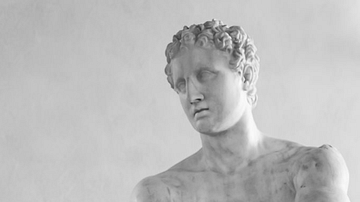
Image
The Ludovisi Ares
Ares, restored by Bernini; 2nd century CE copy of 4th century BCE original. (Ludovisi Collection in Palazzo Altemps in Rome)
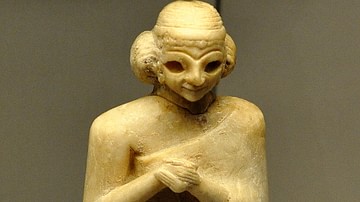
Image
Statue of a Sumerian Woman
The woman wears a garment which was probably made of a sheep skin. The garment was wrapped over the left shoulder only. There are long strands of wool hanging below the lower thighs. The women's eyes might well have been inlaid with stone...
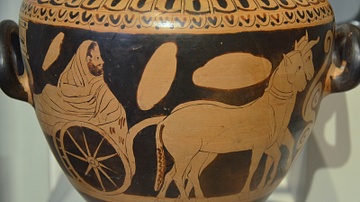
Image
A journey to the Underworld
Etruscan red-figured stamnos with depiction of a journey to the Underworld. The deceased lies on a cart pulled by mules. From Bomarzo (Italy). Around 300 BCE. (Altes Museum, Berlin)
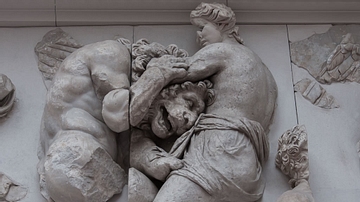
Image
God Fighting a Giant
The god depicted here is not identified, he is fighting a Giant who has a lion's head, snake legs and a human body. Detail from the Pergamon Altar's frieze (The frieze depictsa Gigantomachy); built in 2nd century BCE. (Pergamon Museum, Berlin...
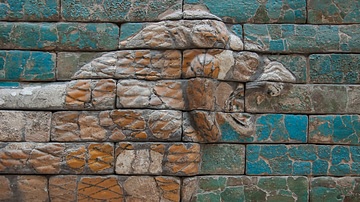
Image
Lion from Ishtar Gate
Detail from the Ishtar Gate of Babylon, built in 6th century BCE by king Nebuchadnezzar II; part of the Gate is now reconstructed in Pergamon Museum in Berlin.
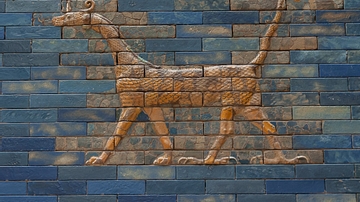
Image
Dragon from the Ishtar Gate
Detail from the Ishtar Gate of Babylon, built in 6th century BCE by king Nebuchadnezzar II; part of the Gate is now reconstructed in Pergamon Museum in Berlin.
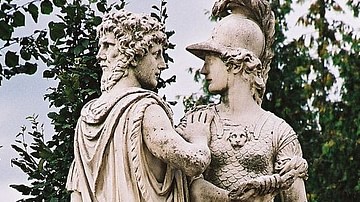
Image
Janus and Bellona
Janus, Roman god of gates, doorways, beginnings, and endings, and Bellona, Roman goddess of war. Sculpture by Johann Wilhelm Beyer, 1773-80 CE, Vienna, Schönbrunn Garden.